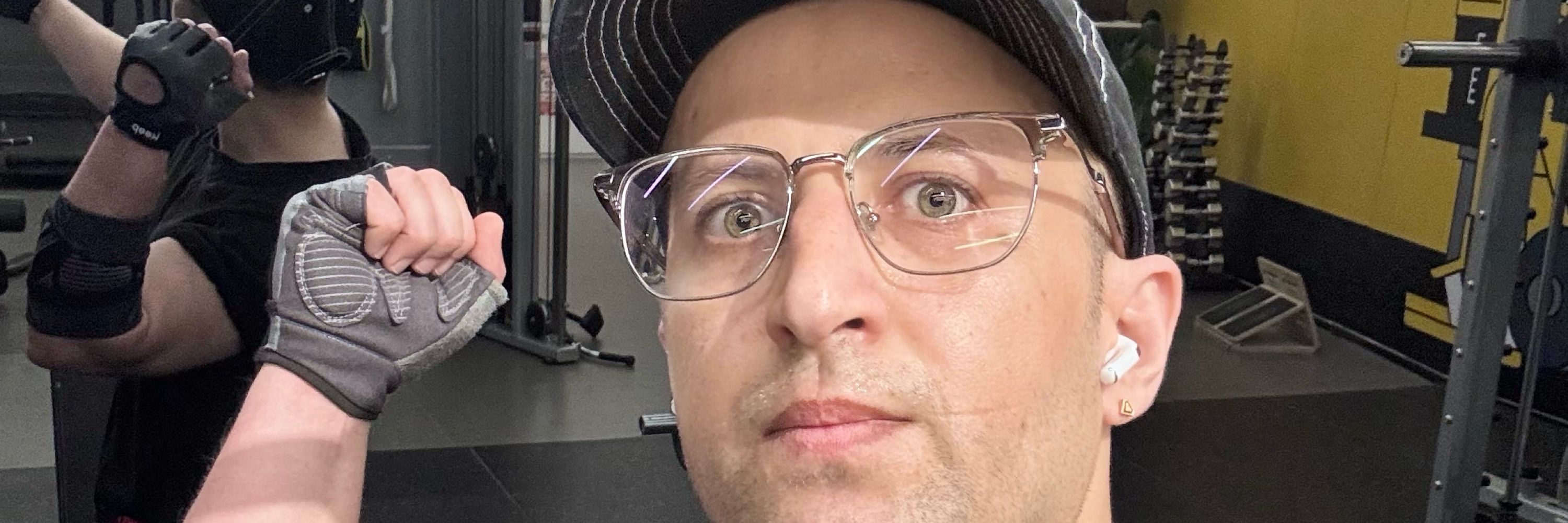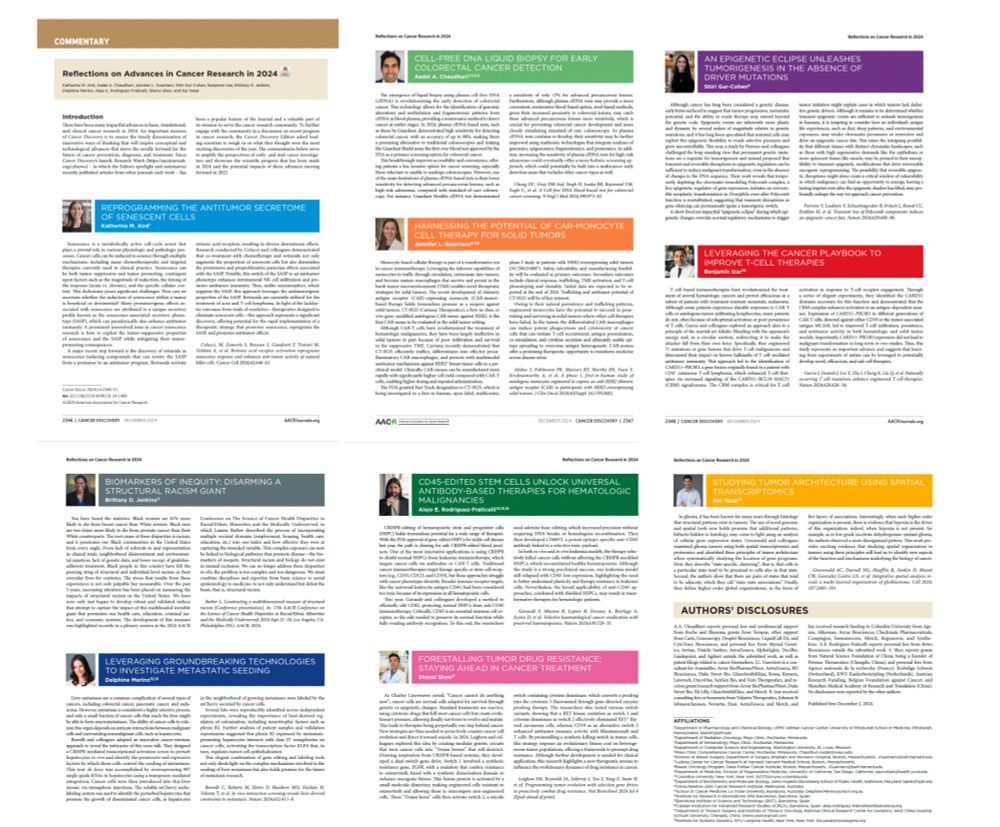
Taiwanese Innovators Pushing the Boundaries of Advanced Cell Manufacturing Technologies
www.latimes.com/specialsuppl...
Since 2020, YJ Biotechnology has been transforming regenerative medicine with ...

Taiwanese Innovators Pushing the Boundaries of Advanced Cell Manufacturing Technologies
www.latimes.com/specialsuppl...
Since 2020, YJ Biotechnology has been transforming regenerative medicine with ...

I have used these CeO2-nanoparticles both for ROS scavenging and NO releasing purposes.
doi.org/10.1021/acsa...
doi.org/10.1016/j.co...
#ChemSky #AcademicSky #QueerInSTEM #Nanozymes #HBOCs
I have used these CeO2-nanoparticles both for ROS scavenging and NO releasing purposes.
doi.org/10.1021/acsa...
doi.org/10.1016/j.co...
#ChemSky #AcademicSky #QueerInSTEM #Nanozymes #HBOCs
t.co/1jQwcU1pDB

t.co/1jQwcU1pDB
Was especially interested to hear the origin of the ‘don’t eat me/eat me’ signaling of CD47, which is something we wanted to explore with our membrane-coated HBOC NPs as well (1/2).
Online: www.youtube.com/watch?v=dKnA...


Was especially interested to hear the origin of the ‘don’t eat me/eat me’ signaling of CD47, which is something we wanted to explore with our membrane-coated HBOC NPs as well (1/2).
Online: www.youtube.com/watch?v=dKnA...

Well done to the Tiny Cargo company for taking it to the next level 🙌👏
Milk EVs are the future of nanotherapeutics 👌
Well done to the Tiny Cargo company for taking it to the next level 🙌👏
Milk EVs are the future of nanotherapeutics 👌
Science Advances
www.science.org/doi/10.1126/...

Science Advances
www.science.org/doi/10.1126/...
Safe and efficient, they target cancers and infectious diseases by delivering antigens and boosting immune response.
A promising leap in vaccine technology.
www.cell.com/matter/abstr...

Safe and efficient, they target cancers and infectious diseases by delivering antigens and boosting immune response.
A promising leap in vaccine technology.
www.cell.com/matter/abstr...
journals.biologists.com/jcs/article/...

journals.biologists.com/jcs/article/...


#ctDNA helps detects #MRD for #dMMR stage III #crcsm it can guide treatment shifts:
ineffective chemo ➡️ #immunotherapy 🟰 ⬆️ outcomes
🔗: www.tandfonline.com/doi/full/10....

#ctDNA helps detects #MRD for #dMMR stage III #crcsm it can guide treatment shifts:
ineffective chemo ➡️ #immunotherapy 🟰 ⬆️ outcomes
🔗: www.tandfonline.com/doi/full/10....
Cancer Discovery asked me, Katherine Aird, Aadel Chaudhuri, Jennifer Guerriero, Shiri Gur-Cohen, Benjamin Izar, Brittany Jenkins, Delphine Merino, Alejo Rodriguez-Fraticelli & Shensi Shen, & here's what we said
aacrjournals.org/cancerdiscov...

Cancer Discovery asked me, Katherine Aird, Aadel Chaudhuri, Jennifer Guerriero, Shiri Gur-Cohen, Benjamin Izar, Brittany Jenkins, Delphine Merino, Alejo Rodriguez-Fraticelli & Shensi Shen, & here's what we said
aacrjournals.org/cancerdiscov...


